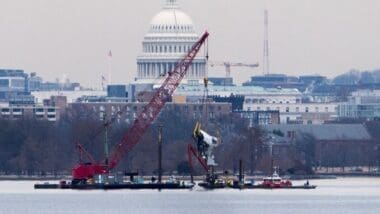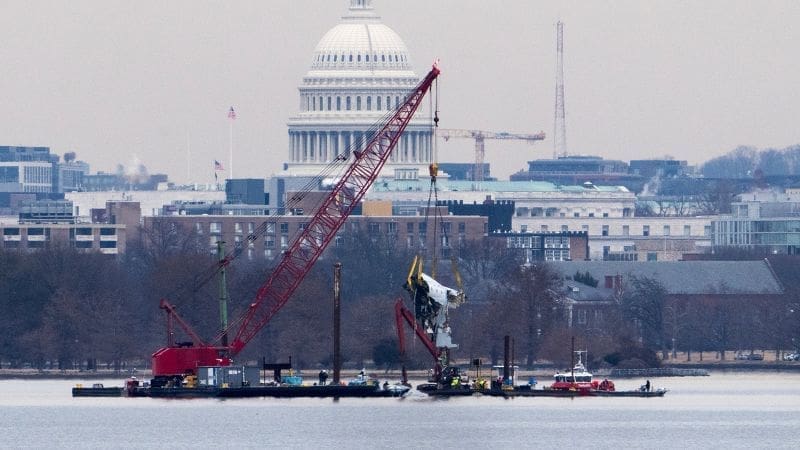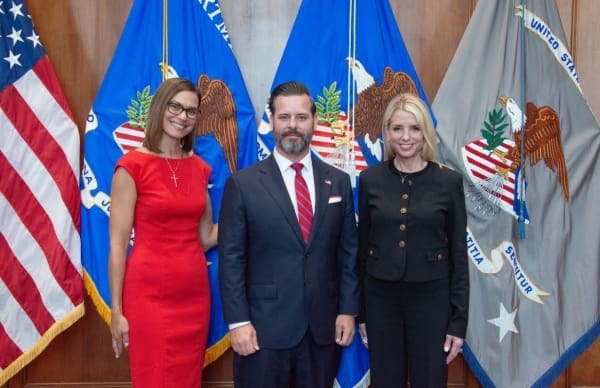Six people lost their lives on Thursday when a sightseeing helicopter disintegrated and crashed into the Hudson River, situated between New York City and New Jersey. This tragic incident adds to a growing list of aviation disasters, highlighting increased concerns about aircraft collisions and near-misses.
Recent incidents include a midair collision near Washington in January that claimed the lives of 67 people, and a February incident where two aircraft clipped each other while taxiing at Seattle Airport. In March, an American Airlines plane caught fire after landing in Denver, resulting in 12 hospitalizations.
Despite these incidents, federal authorities emphasize that air travel remains the safest mode of transportation, supported by statistical evidence. However, the frequency of aviation mishaps is drawing significant public scrutiny.
Recent Fatal Crashes
The helicopter that crashed in New York had departed from a downtown heliport, with its flight lasting less than 18 minutes. Radar tracking indicated that the helicopter flew along the Manhattan skyline before heading south towards the Statue of Liberty. The victims included a family from Spain, in the city to celebrate a child’s ninth birthday.
In Boca Raton, Florida, a small plane crash on Friday morning resulted in three fatalities and one injury, occurring near a major interstate and causing a vehicle to be pushed onto railroad tracks.
In mid-February, two small planes collided midair near an Arizona airport, killing two people on one of the aircraft. While one plane managed to land safely, the other crashed near a runway at Marana Regional Airport, catching fire.
In early February, a commuter plane crash in western Alaska took the lives of all 10 on board, marking one of the state’s deadliest events in 25 years. Radar indicated rapid loss of elevation and speed, with no distress signals reported.
A medical transport plane in Philadelphia crashed into a neighborhood in late January, resulting in seven fatalities, including a person on the ground. Investigations revealed that the cockpit voice recorder was likely non-functional for years, and no distress calls were made.
Late January saw a collision between an American Airlines jet and a military helicopter over Washington, leading to the deadliest U.S. plane crash since 2001. All passengers and crew aboard both aircraft were killed.
In South Korea, a Jeju Air jetliner experienced landing gear failure in December, skidding off a runway and igniting into flames. The accident resulted in the death of all but two of the 181 on board.
Incidents with Injuries
In March, an American Airlines flight diverted to Denver due to engine vibrations caught fire while taxiing, prompting an emergency evacuation. Twelve people sustained minor injuries.
A single-engine plane crash in Pennsylvania left five survivors with three individuals requiring treatment at a burn center after the aircraft ignited in a retirement community parking lot.
In February, a Delta Air Lines jet flipped during landing in Toronto, causing minor injuries to some of the 80 people on board. Investigators are considering weather and human error as potential factors.
Close Calls
On the same day as the New York helicopter crash, an American Airlines plane’s wing tip struck another plane on a taxiway at Ronald Reagan Washington National Airport. No injuries were reported, though multiple Congress members were on board one of the flights.
A FedEx cargo plane in New Jersey made an emergency landing in March after a bird strike led to an engine fire, which did not result in any injuries.
In late February, a Southwest Airlines flight avoided a runway collision at Chicago’s Midway Airport by climbing back into the sky, after an unauthorized business jet crossed its path.
In Seattle, a Japan Airlines plane clipped the tail of a parked Delta plane while taxiing in early February, with no injuries reported.
In January, panic ensued on a JetBlue plane at Boston’s Logan International Airport when a passenger opened an exit door, inflating an emergency slide. The man was quickly restrained, preventing takeoff.
Understanding the Impact
The recent spike in aviation incidents may affect public confidence in air travel, despite its statistical safety. Travelers might experience increased anxiety, potentially influencing their choice of transportation and travel frequency.
For the aviation industry, these events could lead to stricter regulations and heightened safety protocols, impacting operational costs and efficiency. Airlines may need to invest more in maintenance, training, and technology upgrades to reassure passengers and minimize risks.
Communities near airports might also experience heightened concerns about safety and noise pollution, prompting calls for improved safety measures and better communication from aviation authorities. This scrutiny may influence future urban planning and airport development projects.












